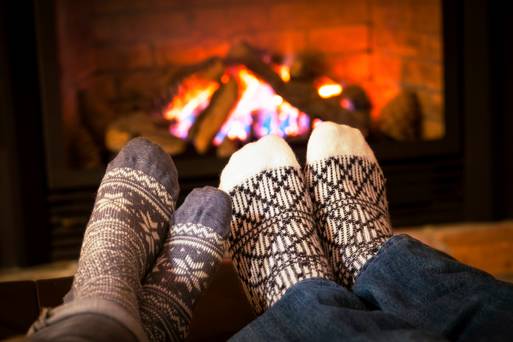There’s nothing like the warmth and smell of a wood fire in the chilly days of winter. But that woodstove or fireplace you have needs TLC to pump out the heat to keep you feeling toasty warm.
Wood smoke can condense on the cool inner surface of a chimney, producing a buildup of creosote deposits – a highly flammable material that can ignite at the base of your chimney.
Also, high temperature can damage the clay liners in a masonry chimney or the metal liner in a factory-built chimney.
Ways to prevent chimney fires:
- Have your system checked regularly by a WETT-certified chimney sweep for deposits until you know how quickly creosote builds up. Older, conventional wood stoves and furnaces can produce creosote quickly because they are unable to burn the wood as completely as the more advanced designs.
- Never assume the chimney is clean. Check it regularly especially during the fall and spring.
- Burn only clean, well-seasoned wood that has been split and dried for at least a year.
Do it right the first time
The best way to ensure your stove or fireplace is burning well is to make sure the installation meets the manufacturer’s installation instructions and all local building codes:
- Have the installation inspected by your municipal building department or in some cases they will refer you to a local WETTcertified retailer, installer or chimney sweep for inspection.
- Notify your Broker that the installation is complete.
- Install at least one smoke detector and one carbon monoxide detector in the areas of the room recommended by your municipality and carefully follow the manufacturer’s installation instructions. Remember to replace the batteries annually on both.
- Buy a labelled and approved ABC-type fire extinguisher and store it near the stove. Follow the instructions on the extinguisher label for maintenance procedures.
If you do have a chimney fire, have it immediately inspected and repaired, as necessary.
Contact your Broker for more advice on how to keep your family and home covered. Ask your Broker about having one of our Risk Assessment Specialists visit to identify hazards and prevent potential losses for your home.


